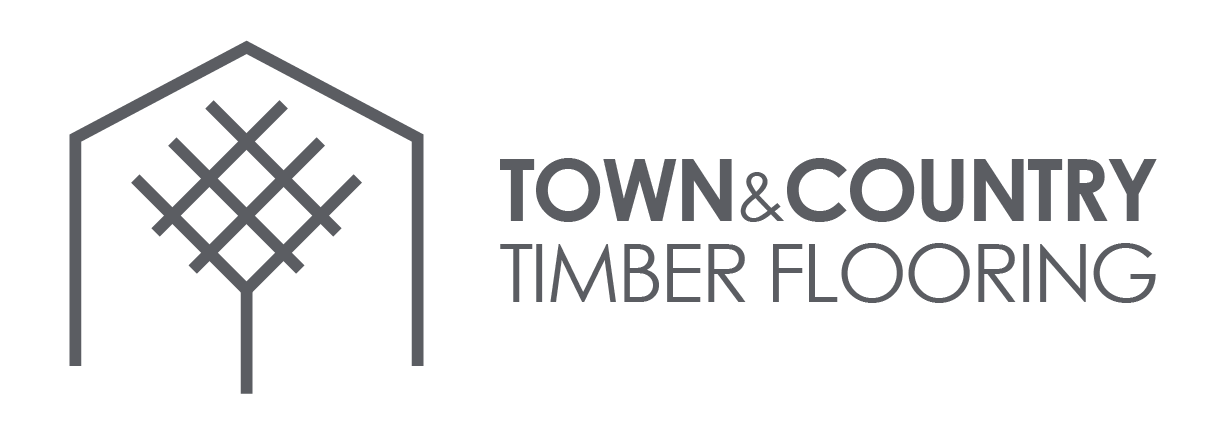The Specs of Solid Timber Floors
Solid timber (often referred to as ‘hardwood’) flooring, is cut into vertical sections from the trunk of a tree, ‘hardwood’ means the wood from a broad-leaved tree (such as oak, ash, eucalypt) as distinguished from that of the wood from a conifer with needles (such as pine, fir, or spruce – See our FAQ for more information) then air & kiln dried until it reaches the required moisture content for the local environment.
It is then graded according to the amount of feature & machined as plain sawn, back sawn, quarter sawn & rift sawn sections into random sized planks for floorboards with a tongue & groove, or rectangular blocks for parquetry. Each board has its own unique grain and character coming from different sections of the tree which also gives them different levels of dependability on stability as flooring.

For this reason, solid timber flooring does not carry a structural warranty. We give you a guarantee that we have installed it according to the appropriate method, however we are unable to take any responsibility for natural timber & it’s behaviour over time. If you are looking for a more stable flooring option, we highly recommend considering engineered timber flooring, which still uses a component of a solid board for the floor surface, while utilising technology in it’s make-up to provide you with a longer term & far more stable flooring solution in our local environment.
If you are still considering using solid timber flooring for your project, there are a few things we invite you to consider:
- Do you have underfloor heating? If so, this type of flooring is not structurally warranted to be installed over that.
- Will the area have consistent humidity, heating, cooling & air flow? If not, you will experience more drastic levels of movement within the flooring as it is ‘shocked’ by natural seasonal or forced environmental changes.
- Is your sub-floor suitable for this kind of structural solid or overlay flooring – concrete, hebel, structural/manufactured timber, or straight over a steel system/timber bearers & joists?
- With a structural sub-floor or bearers & joists, what kind of underfloor insulation is being used, is there controlled air-flow distribution & what are the ground moisture conditions?
- Am I ok with seasonal movement & associated expansion (possible cupping), contraction (possible gapping) from moisture imbalance & expansion pressure (peaking) between the different types of boards & noise associated with that?
- Visually will natural light show those natural characteristics of the timber flooring moving over time in a way that will bother you?
- Due to natural seasonal or forced movement of the floorboards over time, the sanding of those floorboards back to raw timber to re-flatten the surface will reduce the structural integrity of the solid board, meaning it can only be carefully sanded back to raw timber a couple of times, giving it a shorter lifespan than engineered timber flooring, which has a separate top layer designed & warranted to stay flat, which then does not require sanding back to raw timber as often to re-flatten the surface.
- Although some wood is wasted in production, that is used for many by-products. So solid timber floors are still more environmentally friendly compared to other flooring options such as vinyl. When looked at over the long term, they are completely biodegradable and produced by a renewable resource in responsibly forested plantations both in Australia & globally.
There are a few grades to choose from:
- Select Grade: The Features that are present in Select grade flooring are relatively small and few in number, and although they are visible the features do not dominate the appearance of the floor.
- Standard Grade (Medium Feature): Flooring in this grade will be moderately featured. Gum veins, gum pockets, insect trails, burls and borer holes, are some of the characteristic’s that will be more prevalent in Standard Grade.
- Feature Grade (High Feature): Feature grade flooring is heavily peppered with natural features particularly large gum veins.
- Rustic Grade: A full featured floor to provide an old world charm. It may contain features that are more prominent than Feature Grade but with the structural integrity of a Feature Grade Floor.
In European Oak flooring, you will generally see an option for AB grade, ABC & ABCD, with AB providing the least amount of feature – mainly knots.
Australian, European & American timbers are generally supplied with a moisture content between 9-14%. It is vital to check the site conditions prior to installation & acclimatise the boards accordingly in the area to be installed. Coating choices should be considered to allow the flooring to breathe, expand & contract freely without any hindrance. See our Raw Engineered floors page for more coating information.
Environmental Credentials from our main supplier – Hurford’s.
Hurford's are committed to our forests, our community and our future. Underpinning our commitment is an ambitious hardwood reforestation project in our local surrounding area where we have purchase over 5000 hectares of land and have commenced a planting program that will see more than 25000 new plantation eucalypt saplings established each year. Hurford’s source a proportion of timber from private native forests with the balance procured from NSW State Forestry which is certified under the Australian Forestry Standards Chain of Custody. (AS4707 – 2021). Hurford’s insist that all timber produced from these forests is done so under the principles of Ecologically Sustainable Forest Management, a system developed to sustain the full range of commercial and conservation values of the natural forest diversity within ecological limits, for current and future generations.’
Hurford's



